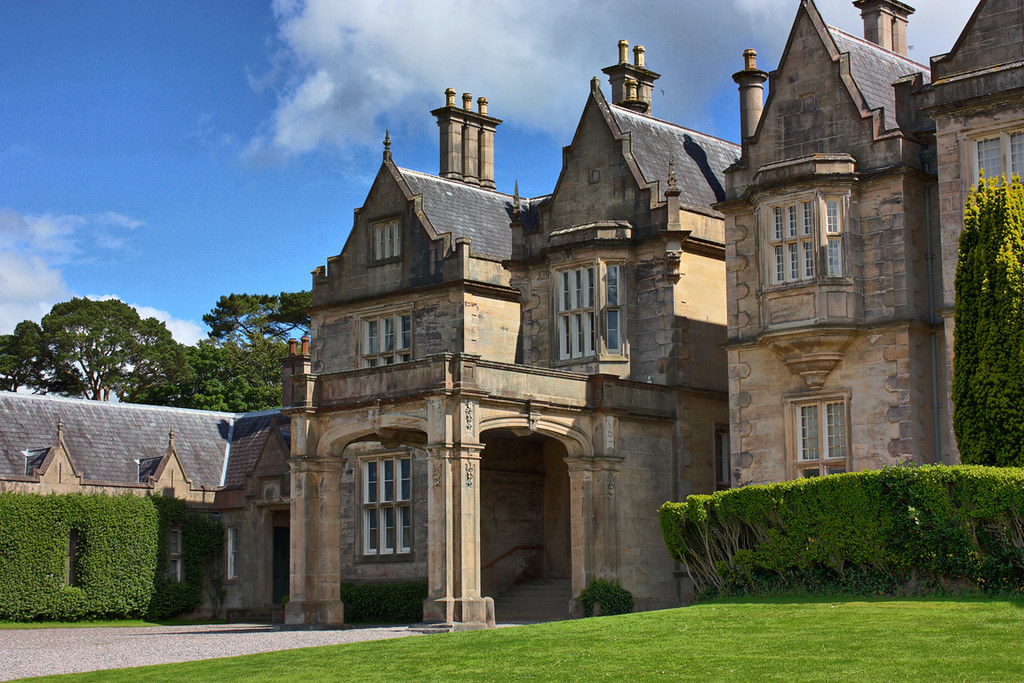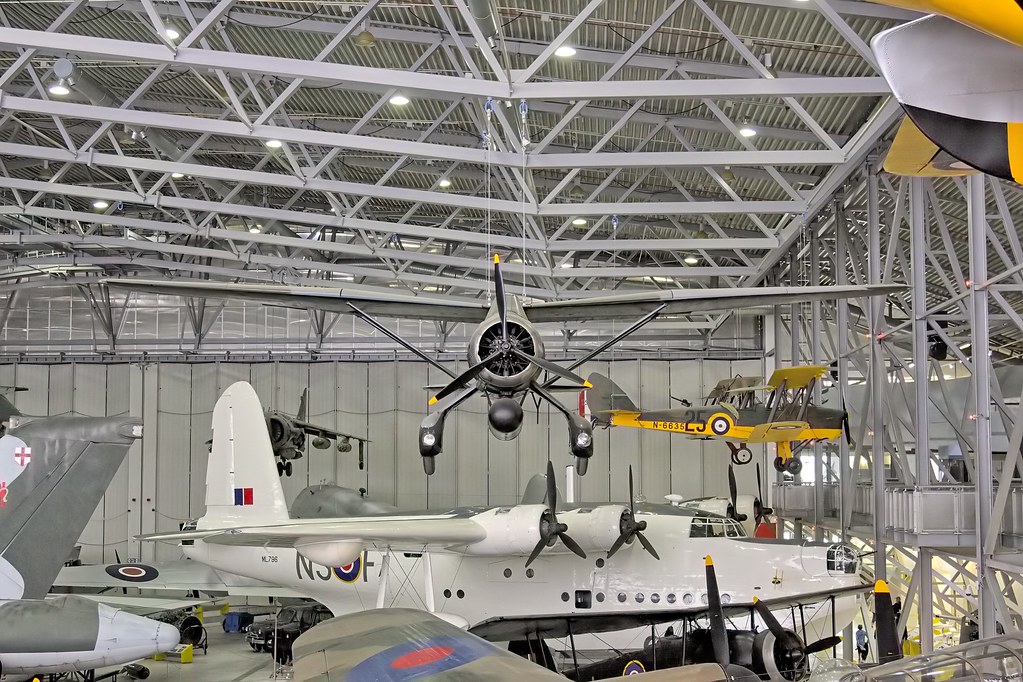- Messages
- 18
- Name
- will
- Edit My Images
- Yes
Recently I spent a weekend in the gorgeous Yorkshire hills and got some of the best shots of my career...
I took this 15 exposure image of a beautiful train track in the summer sun...
its really made me think "when is HDR merge to much"?
is this image to much... or is there a bigger boundary?
heres the image, and i don't know if
a) theres to much HDR
b) its a nice angle
opinions please!

(sorry its quite a small image)
I took this 15 exposure image of a beautiful train track in the summer sun...
its really made me think "when is HDR merge to much"?
is this image to much... or is there a bigger boundary?
heres the image, and i don't know if
a) theres to much HDR
b) its a nice angle
opinions please!

(sorry its quite a small image)



 It seems like the images are mis-aligned.
It seems like the images are mis-aligned.